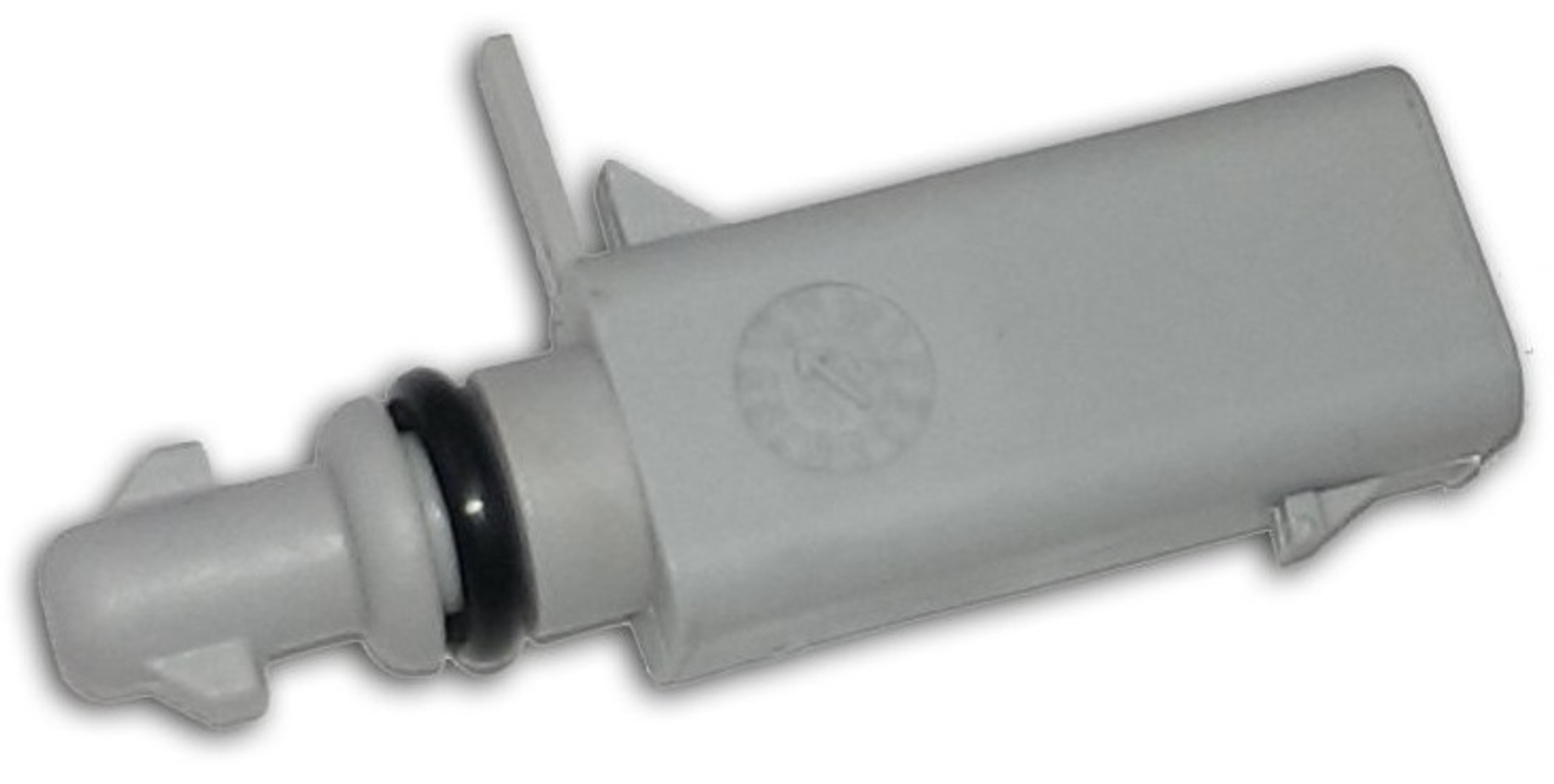
Over time, particulates like dirt and sand tend to clog the cooler and cause it to malfunction. To try to compensate, Ford placed a liquid-on-liquid engine oil cooler within the engine. These engines tend to be temperamental and often require more extreme oil cooling than other trucks.

Oil cooler issuesĪ large number of the problems commonly present in the 6.0L Powerstroke engine originate from the oil cooler. The issue occurs because the FICM is located on the side valve cover of the engine, meaning that cold starts expose it to excessive voltage and may damage the capacitors necessary for its proper function. You can identify a faulty FICM with a scan tool and a look at the parameter identifiers (PID). When engine heat and vibration begin to build, however, the FICM may overheat and fail. This part controls oil flow to the fuel injector by applying an electrical voltage to the solenoids. The Fuel Injector Control Module (FICM) is a common source of issues with the 6.0L Powerstroke engine. Replacing these with aftermarket head studs can allow you to add performance modifications. The issue with these head studs is that they cannot handle aftermarket performance modifications - even adding a tuner to your setup can cause pressure to build beyond the capacity of the cylinder head and lead to head gasket failure. The 6.0L Powerstroke comes with torque to yield (TTY) head studs. The following are six common problems with the 6.0L Powerstroke that you can watch for in the hopes of preventing a major breakdown: 1.

Although intended for heavy-duty applications, this model is also known for experiencing frequent issues due to design flaws. The 6.0 was included in Ford Super Duty trucks from 2003 to 2007. Oil and Fluid Capacity For 6.0 Powerstroke
5R110W TRANSMISSION FLUID TYPE MANUAL


The Ford 6.0L Powerstroke requires owners to go above and beyond the requirements of the manual for a service schedule. The professionals at Hot Shot’s Secret have put together this guide to walk you through regular maintenance and the ideal service schedule to keep your diesel truck running at its best. Repairs on these trucks usually require raising the cab, which can result in a high mechanic bill, so it’s key to focus on preventative maintenance and regular upkeep to prevent your 6.0 from developing any major issues. Many of the innovations implemented in the 6.0L Powerstroke when it was introduced in 2003 led to new issues before they were refined in later models. The design of the Ford 6.0L Powerstroke engine gives it higher maintenance requirements than some other motors. 6.0 Powerstroke Maintenance Guide and Service Schedule


 0 kommentar(er)
0 kommentar(er)
